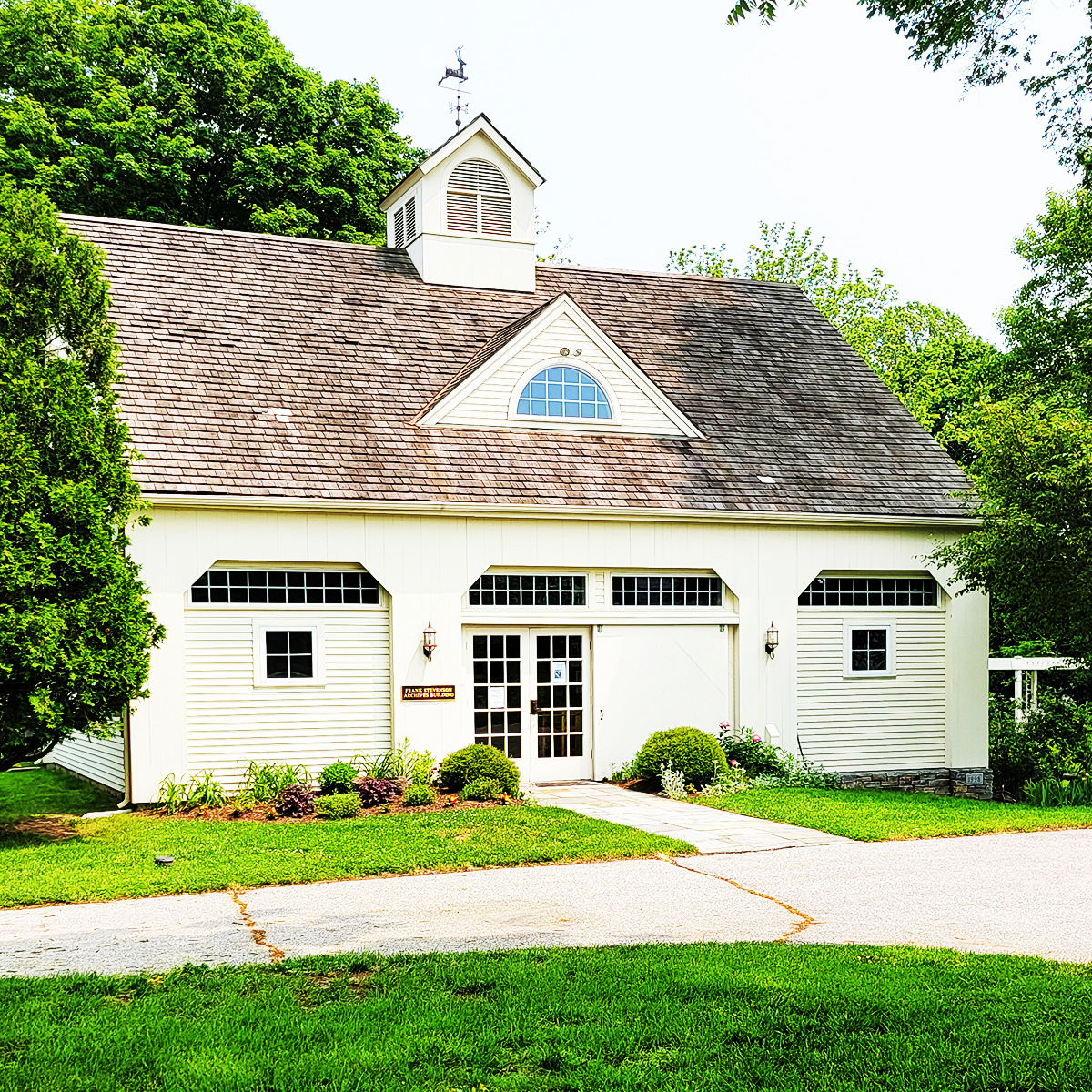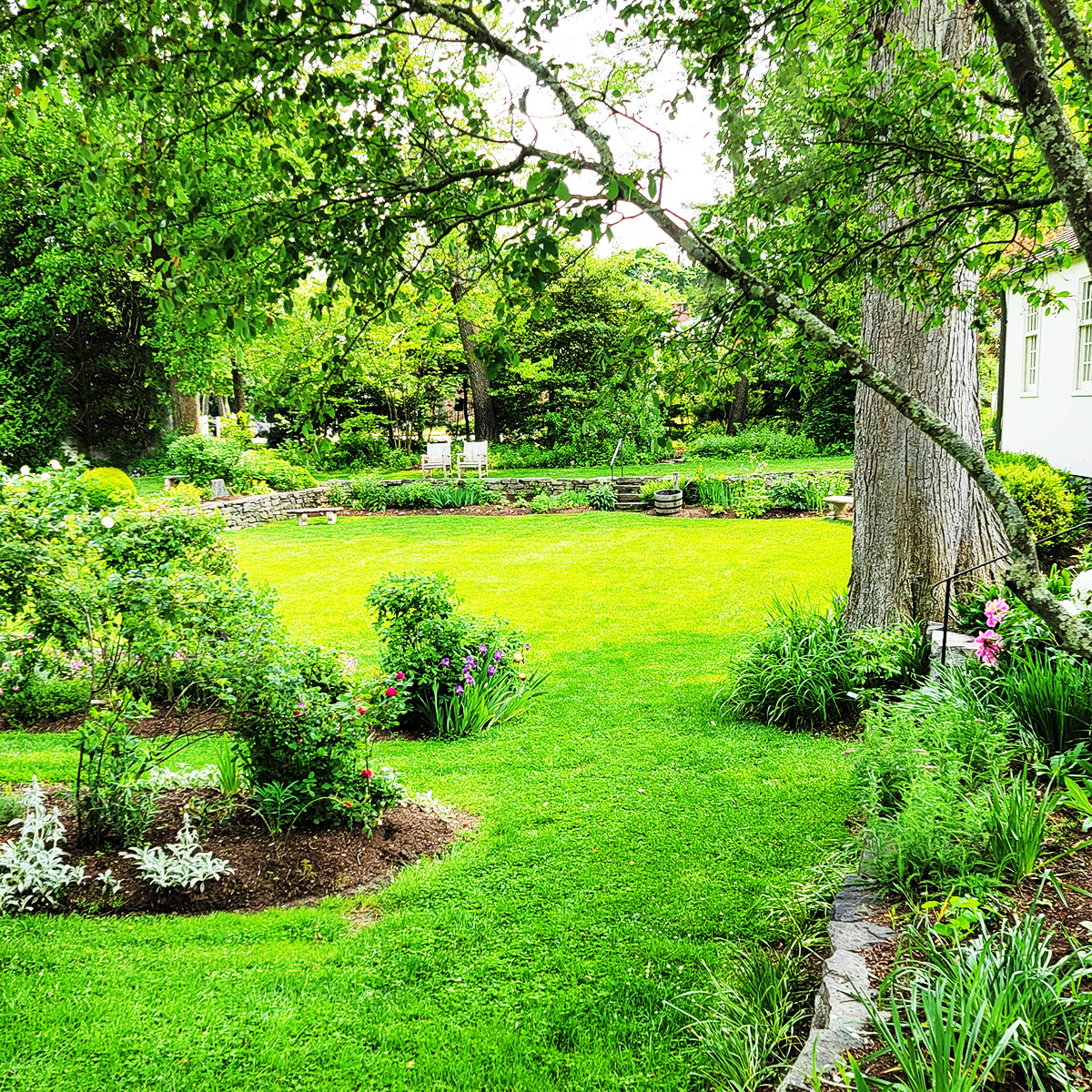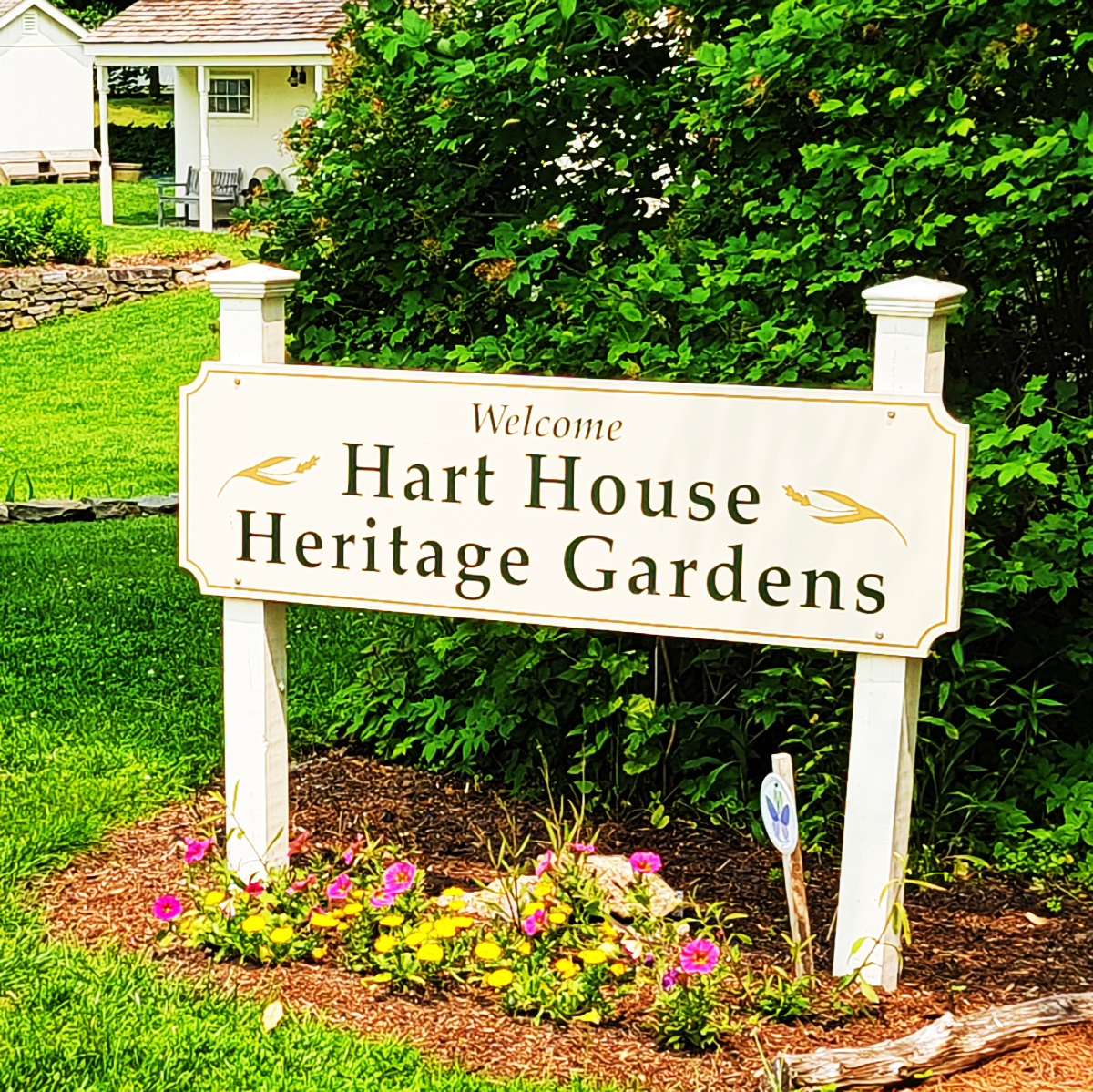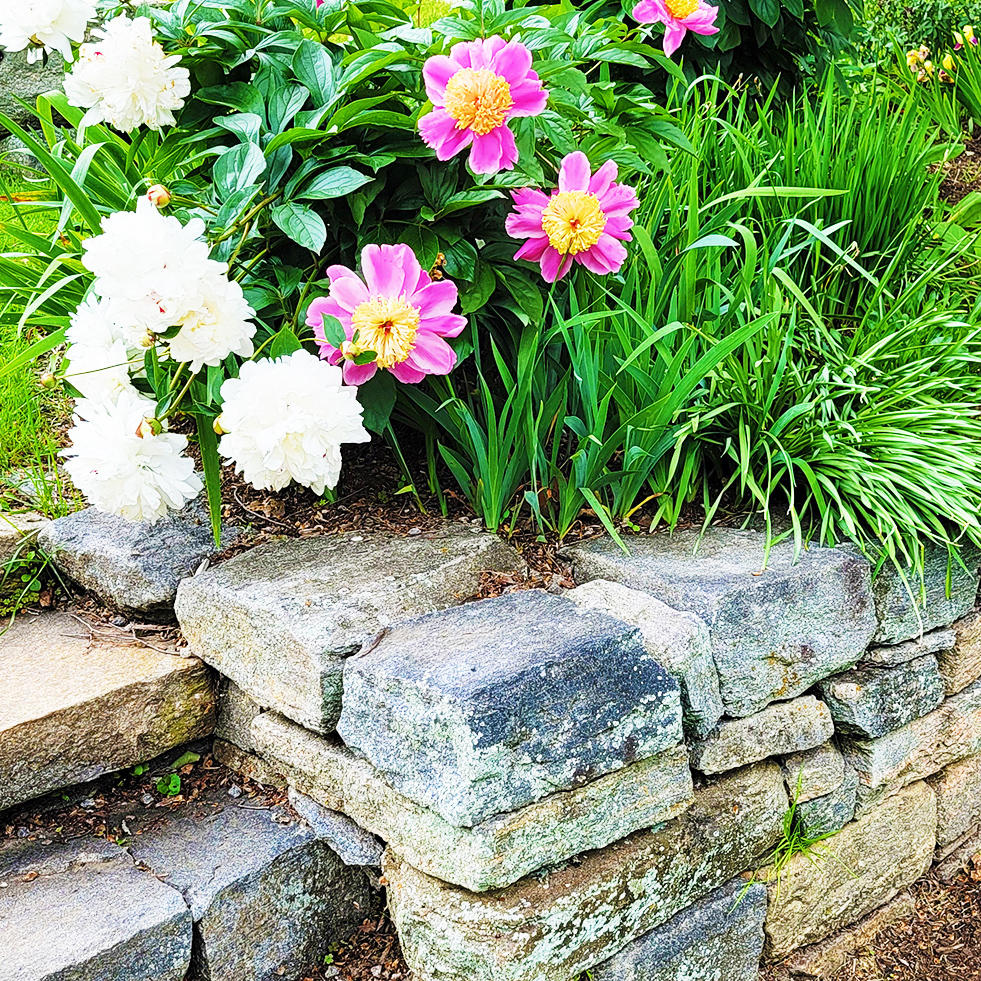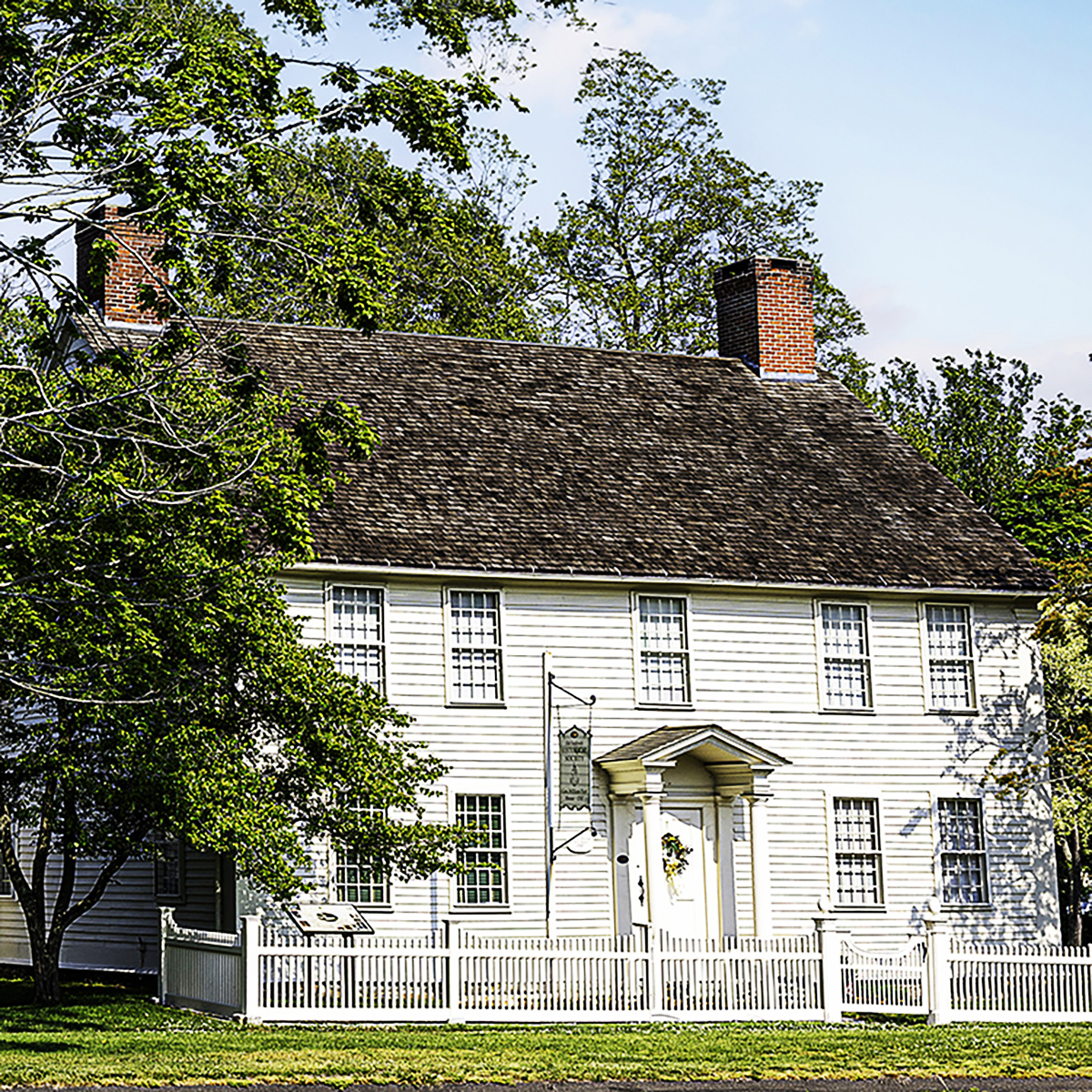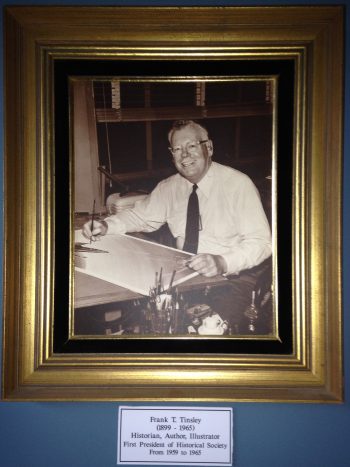 The rich history of Old Saybrook found in historical homes, artifacts, documents, letters, etc. was in danger of disappearing or being destroyed if an organization to implement the preservation of these items was not formed. A group of twenty concerned citizens decided to address this serious problem by creating the Old Saybrook Historical Society in 1958. Under the able direction of the first president, Frank Tinsley, a noted historian, author and scientific illustrator a formal Constitution incorporating the Society was established in 1966. Since then, this non-profit, all volunteer organization has made significant strides in its efforts to fulfill its mission…
The rich history of Old Saybrook found in historical homes, artifacts, documents, letters, etc. was in danger of disappearing or being destroyed if an organization to implement the preservation of these items was not formed. A group of twenty concerned citizens decided to address this serious problem by creating the Old Saybrook Historical Society in 1958. Under the able direction of the first president, Frank Tinsley, a noted historian, author and scientific illustrator a formal Constitution incorporating the Society was established in 1966. Since then, this non-profit, all volunteer organization has made significant strides in its efforts to fulfill its mission…
To Preserve, Protect and Promote the History of Old Saybrook
The first ten years brought many projects to fruition. They began with the marking of historic homes built prior to 1800 with detailed information on their original inhabitants. A number of these homes have since been added to the National Registry of Historic Places. Important documents and artifacts were preserved and fund raising was targeted to acquire a suitable historic home to serve as the Society’s headquarters. In 1971, five short years after the Society was formed, the Samuel Hart House, at the corner of Main Street and Maple Avenue was purchased. Immediately, the Society held a series of outstanding exhibits open to the public and introduced visitation from school groups.
In 1974, the Society sold the Samuel Hart House and purchased the 1767 General William Hart House (ironically brother of Samuel) from the Congregational Church for $75,000. This home provided more interior space and an acre of land for whatever the future would hold. Now the work began in earnest to create a “campus” that would provide the means to further the mission. Until that time, the house had been occupied and had even been the Hetty Wood School for Girls. Not unlike our own homes, it had lived through many changes, but remarkably, had a marvelous uncompromised structure that clearly showed its history. The task of returning it to its original beauty began. The goal was to transform it into a “living museum” appreciated by visitors who would learn from its stories. The gardens evolved through hard work and loving care. Today, these award winning gardens reflect a world where beauty, sustenance and medicinal cures are all part of the campus. They are open to the public all year.
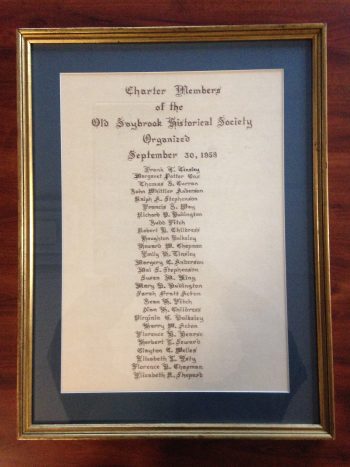 In 1998, a major event occurred. Land adjacent to the Society’s was donated, fundraising began and with the help of so many hard working members and a major benefactor, the Frank Stevenson Archives Building was built. The Society now had a building to house the thousands of records, maps, films, etc. and two libraries in a brand new, climate controlled atmosphere. Today, research and genealogy requests continue to come from near and far and this building is truly the “hub” for the study of history in the area.
In 1998, a major event occurred. Land adjacent to the Society’s was donated, fundraising began and with the help of so many hard working members and a major benefactor, the Frank Stevenson Archives Building was built. The Society now had a building to house the thousands of records, maps, films, etc. and two libraries in a brand new, climate controlled atmosphere. Today, research and genealogy requests continue to come from near and far and this building is truly the “hub” for the study of history in the area.

